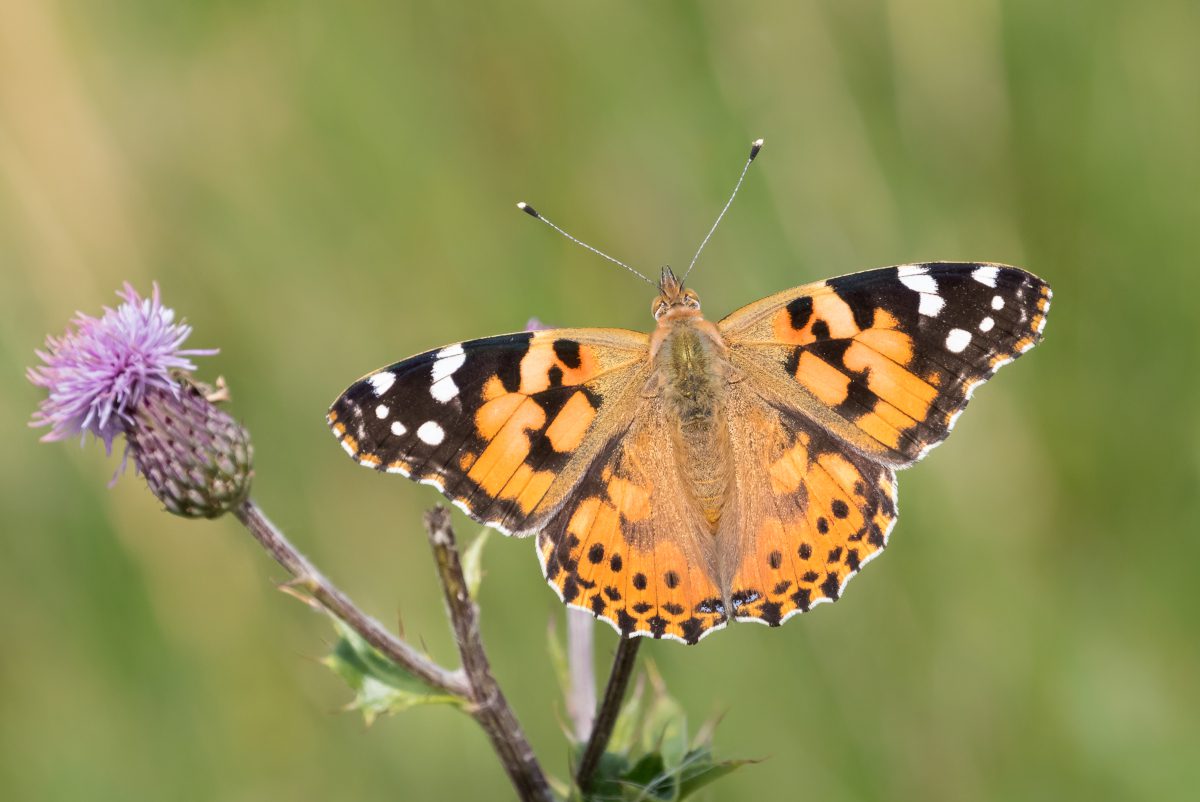
Wildlife charity Butterfly Conservation is urging the whole nation to help Britain’s butterflies by taking part in the Big Butterfly Count.
The group revealed in May that half of Britain’s remaining butterfly species are now on the Red List and threatened or near-threatened with extinction. Last year’s Big Butterfly Count saw the lowest ever number of butterflies recorded. As butterflies and moths are an important indicator of the health of the environment, a reduction in their numbers is a cause for serious concern.
However, taking part in the count is one really positive way that everyone can help, says the group. The information gathered is vital in helping understand more about what is happening to the nation’s butterflies and therefore put in place the conservation measures needed to protect them. In recent years Butterfly Conservation has helped save two species from extinction in the UK and halted the decline of many others. The charity says it has proved that with the right information and targeted action, species can be brought back from the brink,
Dr Zoe Randle, Senior Surveys Officer at Butterfly Conservation said the initiative was “the largest natural history citizen science project involving insects in the world”
“It can act as an early-warning system, letting us know how various environmental changes are impacting insects, and allows us to gather vital data from places that would otherwise be totally unrecorded.”
With the numbers of butterflies seemingly in decline, learning as much as possible about them is more important than ever. Zoe added: “We really need people’s help this year to help us figure out where our butterflies are and what we need to do to save them. It’s not just the rare species of butterfly – the ones with restricted habitat or foodplants – that we are concerned about. Some of our previously commonly seen butterflies, like the Small Tortoiseshell, are also declining rapidly.”
The Small Tortoiseshell, which can be found all over the UK and was once a familiar species in gardens throughout the country, has declined by 79% since 1976. It’s one of the species included in the event.
The Big Butterfly Count is a UK-wide survey open to everyone, of any age, living in towns, cities or the countryside. Taking part requires you to spend just 15 minutes in an outdoor space counting the amount and type of butterflies, and some day-flying moths, you see. It is easy to do and the more people who do it, the greater the benefits to our understanding of nature and how to help it.
There were over 150,000 counts submitted to the count last year, more than ever before. Though worryingly, 2021 also saw the lowest average number of butterflies logged since the event began thirteen years ago. More counts are undertaken and submitted year on year, but it seems there are fewer butterflies and moths to be seen.
This year the Big Butterfly Count is sponsored by garden wildlife specialist Vivara and the DFN Foundation, a commissioning charity focused on influencing sustainable change in special needs education, supported employment, healthcare and conservation.
This year’s event runs from 15 July to 7 August. For more information and to take part simply visit www.bigbutterflycount.org or download the free Big Butterfly Count app.






